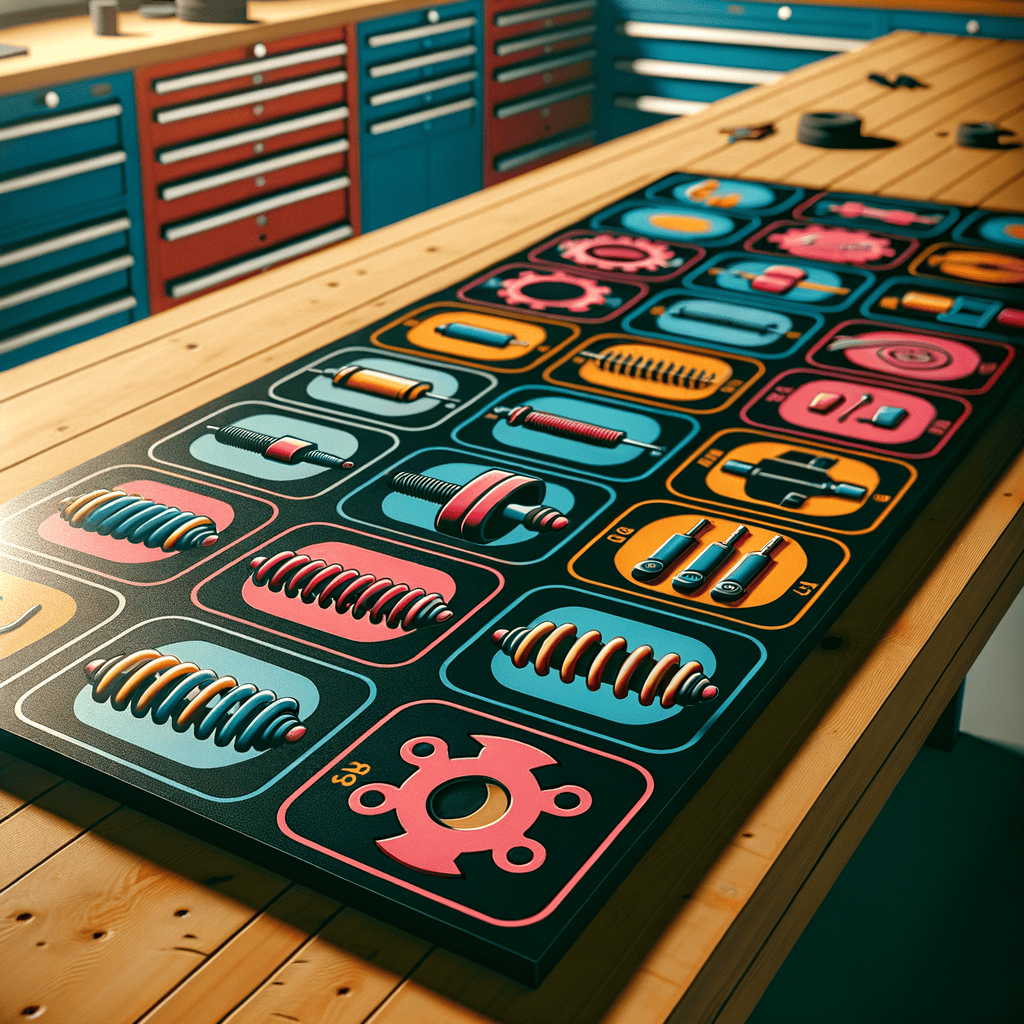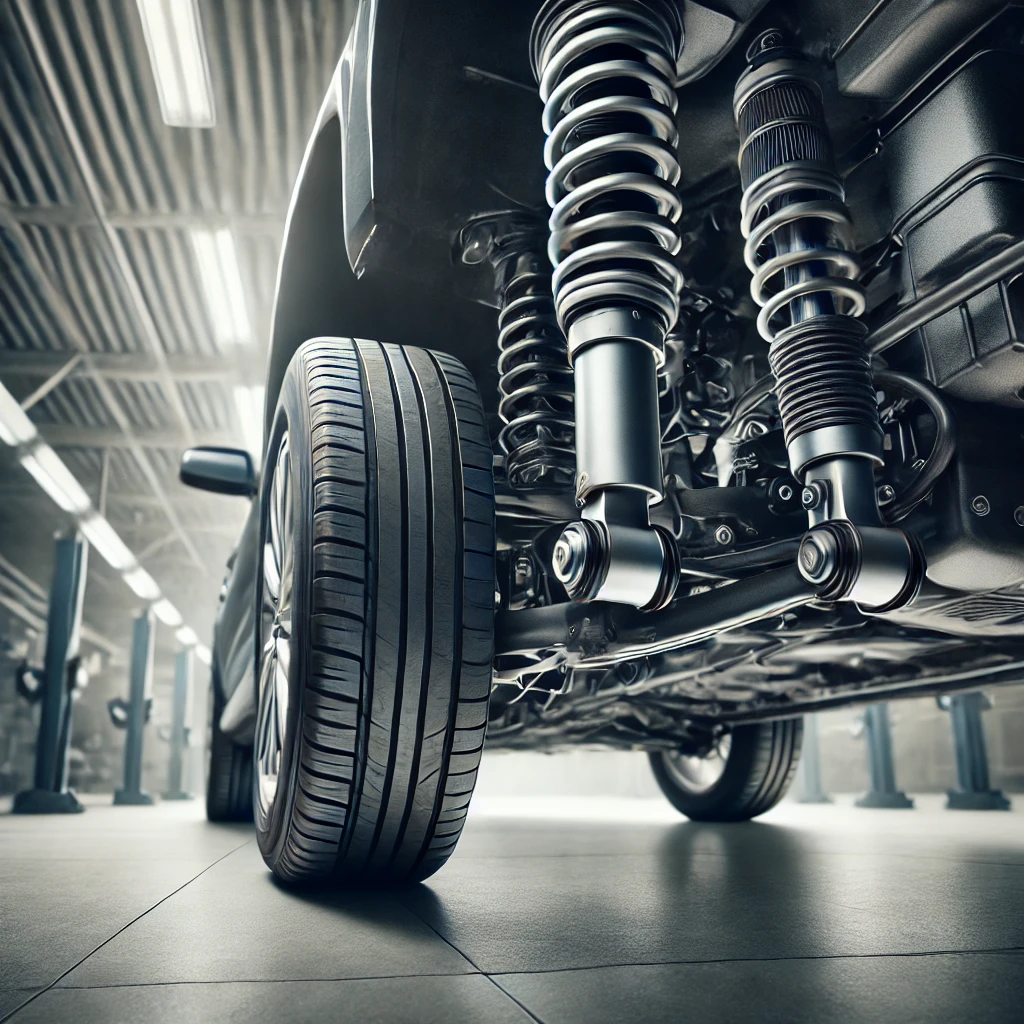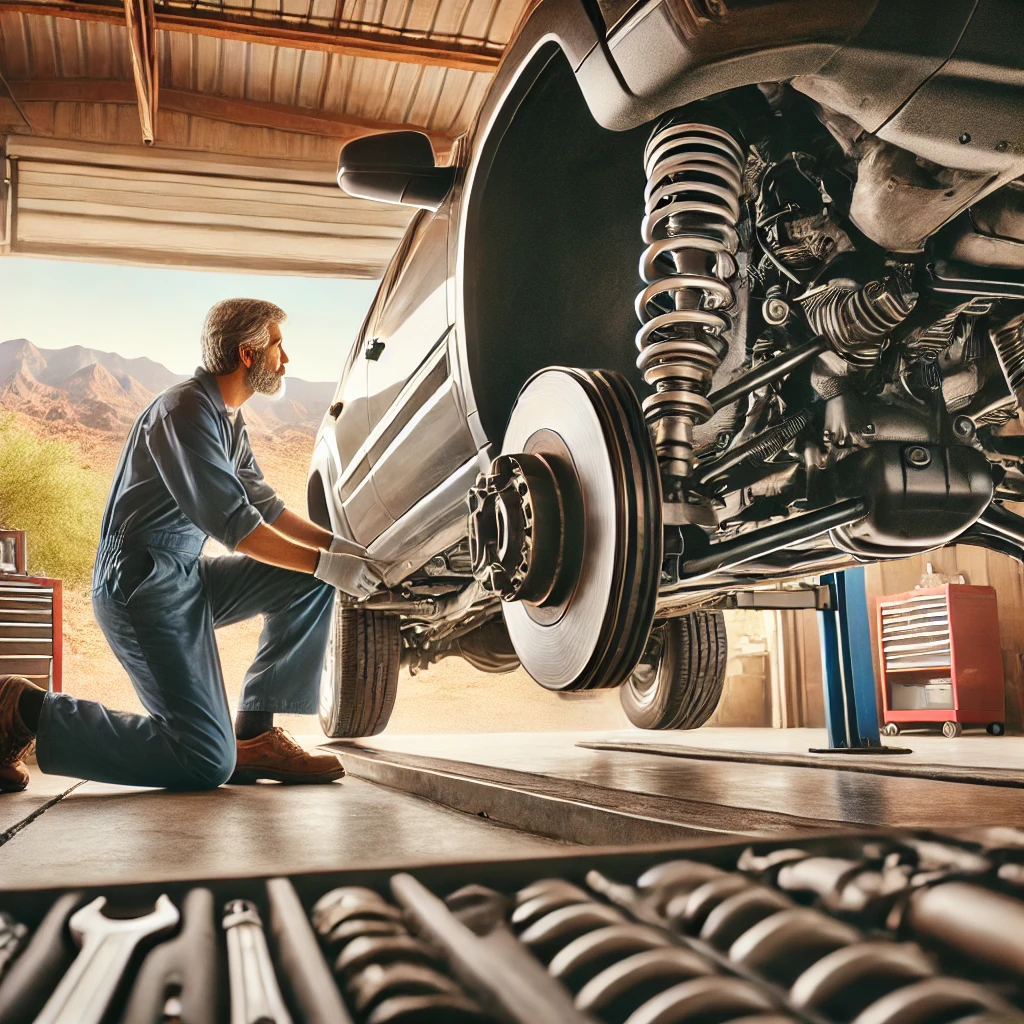How to Identify and Troubleshoot Suspension Issues in Catalina
In Catalina, as in any location, recognizing signs of suspension issues in your car is crucial for maintaining safe and smooth vehicle operation. Your suspension system absorbs shocks from bumps and uneven surfaces, ensuring a comfortable ride. However, like any part of your vehicle, it is subject to wear and tear. When something feels off, it’s important to diagnose and resolve the issue promptly. This guide will help you
identify key indicators of suspension problems and offer a comprehensive approach to troubleshooting suspension issues in Catalina.
Key Indicators of Suspension Problems
- Rough or Bouncy Ride
When your suspension is functioning well, your vehicle handles bumps smoothly. If the ride becomes unusually harsh or you start feeling every road imperfection, it’s a clear sign that your suspension needs attention.
- Drifting or Pulling During Turns
If your car drifts or pulls during turns, it means the suspension isn’t stabilising the vehicle properly against centrifugal force, increasing the risk of a rollover. This can be a serious indication that your suspension system is failing.
- Uneven Tire Treads
Uneven wear on your tires, especially if you notice bald spots, suggests that your suspension isn’t distributing the vehicle’s weight evenly across the tires.
- Vehicle Sitting Low in One Corner
If your car appears to be leaning or sitting lower on one side, this is a clear sign of a suspension issue. It’s important to have a professional inspect the vehicle immediately.
Comprehensive Guide to Troubleshooting Suspension Issues in Catalina
- Perform a Visual Inspection
Start by visually inspecting the suspension components. Look for broken springs, leaking shocks, or other physical damage. If you notice any of these, they are likely the source of your problem.
- Bounce Test
Push down on each corner of the car. If the vehicle bounces back immediately and settles, your suspension is likely in good shape. If it continues to bounce or rock after you let go, your shocks or struts may need replacement.
- Detailed Bounce Test
For a more precise check, press down hard on the front of your car and let go. If the vehicle bounces more than 1-2 times, your shocks are likely worn. Repeat this test on the rear of the car,again, more than 1-2 bounces indicate worn rear shocks or bushings.
- Inspect Your Tires
Look for uneven tire wear or bald spots, which often indicate suspension failure. Regularly rotating your tires can help mitigate uneven wear and prolong the life of both your tires and your suspension system.
Conclusion
Maintaining a healthy suspension system is essential for safe and comfortable driving in Catalina. Early detection of suspension issues can prevent further damage and save you from costly repairs. Keep an eye out for signs like a rough ride, pulling during turns, uneven tire wear, or your car sitting low on one side. If you notice any of these symptoms, seek professional assistance immediately. Regular maintenance and timely inspections are key to ensuring your suspension system remains in top condition, providing smooth and safe rides for years to come.
Schedule a suspension inspection today to keep your vehicle in excellent condition on Catalina’s roads.




